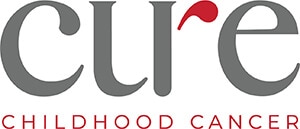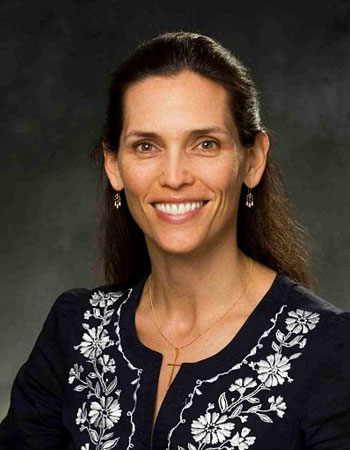Imagine you are running the longest, hardest race of your life. You have suffered through a great deal of pain and many setbacks along the way, but come to a point where the end of the race is near. Just as you round the last corner and see it in sight, the finish line disappears like a vapor in the wind and you must trudge on. You find yourself wearier than you ever thought possible and doubt your ability to finish, but there is no choice; you have to keep going. Once more, the finish line comes into view and once more it vanishes as you approach. How would you feel? Frustrated? Angry? Confused?
This type of cruelty is common with childhood cancer.
Meet Olivia. At the age of eleven, doctors found a tumor in her right arm that they diagnosed as Ewing’s sarcoma – a rare childhood bone cancer. The treatment for Ewing’s involves several rounds of extremely harsh chemotherapy to shrink the tumor, followed by surgery or radiation to destroy the tumor, and then more chemotherapy to ensure it never returns. This standard protocol hasn’t changed in decades.
Olivia rocked through this challenge. She endured the chemo and said it didn’t even make her very sick. After two surgeries, she finished her last round of chemo in April of 2015 and thought she had crossed the finish line. Little did she know her race wasn’t finished.
The following November, Oliva was on a Junior Youth Assembly trip to the state capital in Atlanta. During this event, she was able to push a bill through a mock congress requesting more funding for childhood cancer research. But shortly before it was over, she developed a rash and began to feel sick. She felt so bad that her father came to pick her up and took her straight to the hospital.
Olivia laid in bed and realized something was very wrong when her parents kept getting pulled out of the room. Soon she was taken to a different hospital by ambulance where she was told that she now had acute myelogenous leukemia (AML).
This secondary cancer is a direct result of the treatment she received to cure her Ewing’s sarcoma. Although it is rare, one of the chemo drugs, Etoposide, is known to sometimes cause the onset of AML. In killing one cancer, Olivia was, in effect, given another. Her finish line moved.
“I can’t do this again,” she told her parents.
Olivia remembers being frightened and angry. But she kept moving. This treatment was much rougher than the first. In fact, everything the doctors gave her sent her body into a downward spiral until they were forced to put her on a ventilator to give her battered body a chance to rest.
She spent thirty-three days on the ventilator – a time her parents remember as very touch and go. Finally, her body began to fight back and she got strong enough to do a bone marrow transplant. To facilitate the transplant, doctors had to suppress her immune system, leaving her vulnerable to any possible germ that could elude the most sterile of environments. She struggled with several maladies during the transplant recovery period and was forced to go to the emergency room three times. As a result of the transplant, Olivia even contracted a virus that is often associated with lymphoma – a disorder that forced her to get another round of chemotherapy.
This circle of madness was frustrating and scary for her and her parents.
“We were so scared, yet again, that now she might have a third cancer and even more scared that the new marrow she was building was going to be destroyed by yet another chemo,” said her father, Matt. “How can this happen to one child – three cancers in three years? It was like our legs were kicked out from underneath us and someone punched us in the gut over and over.”
Fortunately, she was never diagnosed with lymphoma and her bone marrow stayed intact and as the immunosuppressant’s were backed off, her new T-cells slowly began producing normal cell levels again.
That was nearly a year ago. Olivia is back in school and doing well. She has finally crossed the finish line. She and her parents know how special that is.
“Each day is a gift,” added Matt. “I am so grateful I can look into her big, beautiful, green eyes and tell her I love her and she tells me the same.”
Olivia’s family credits their faith and the support of their friends and community in Cartersville with carrying them to the finish line of their race against childhood cancer.
Many children face the same problems Olivia encountered. The unfortunate reality for childhood cancer survivors is that the side effects of treatment can be long term and devastating. CURE is working to fund research that will bring safer treatments with fewer side effects to children who so desperately need them. Won’t you join us?




